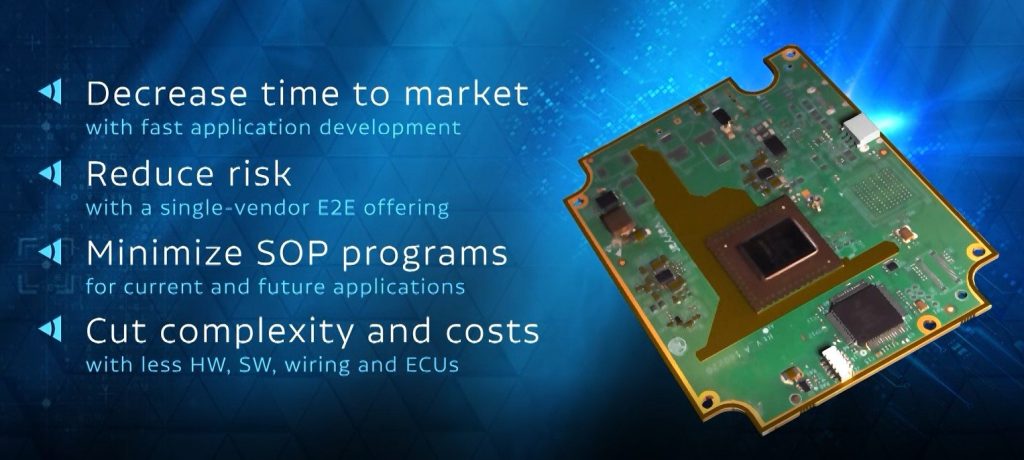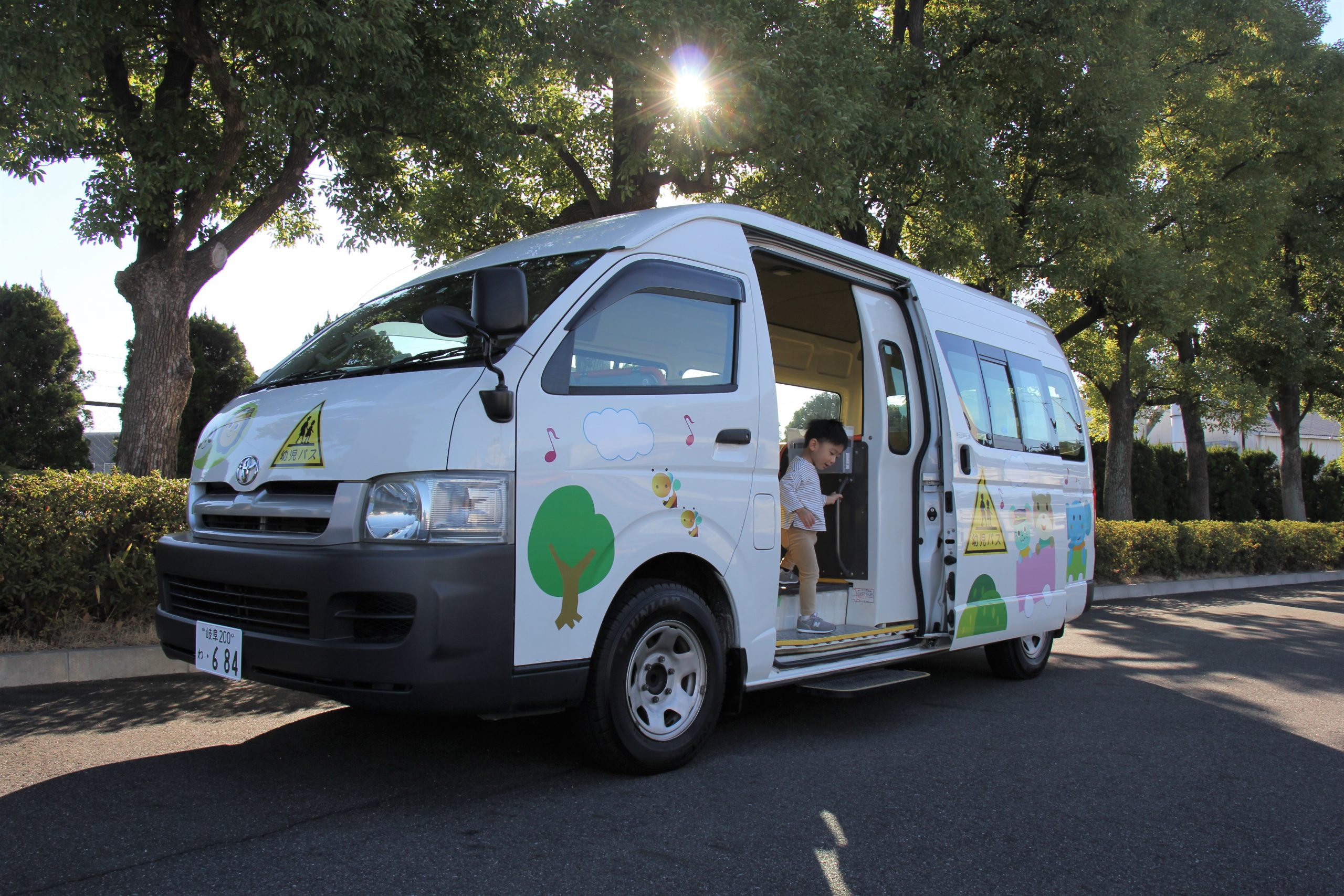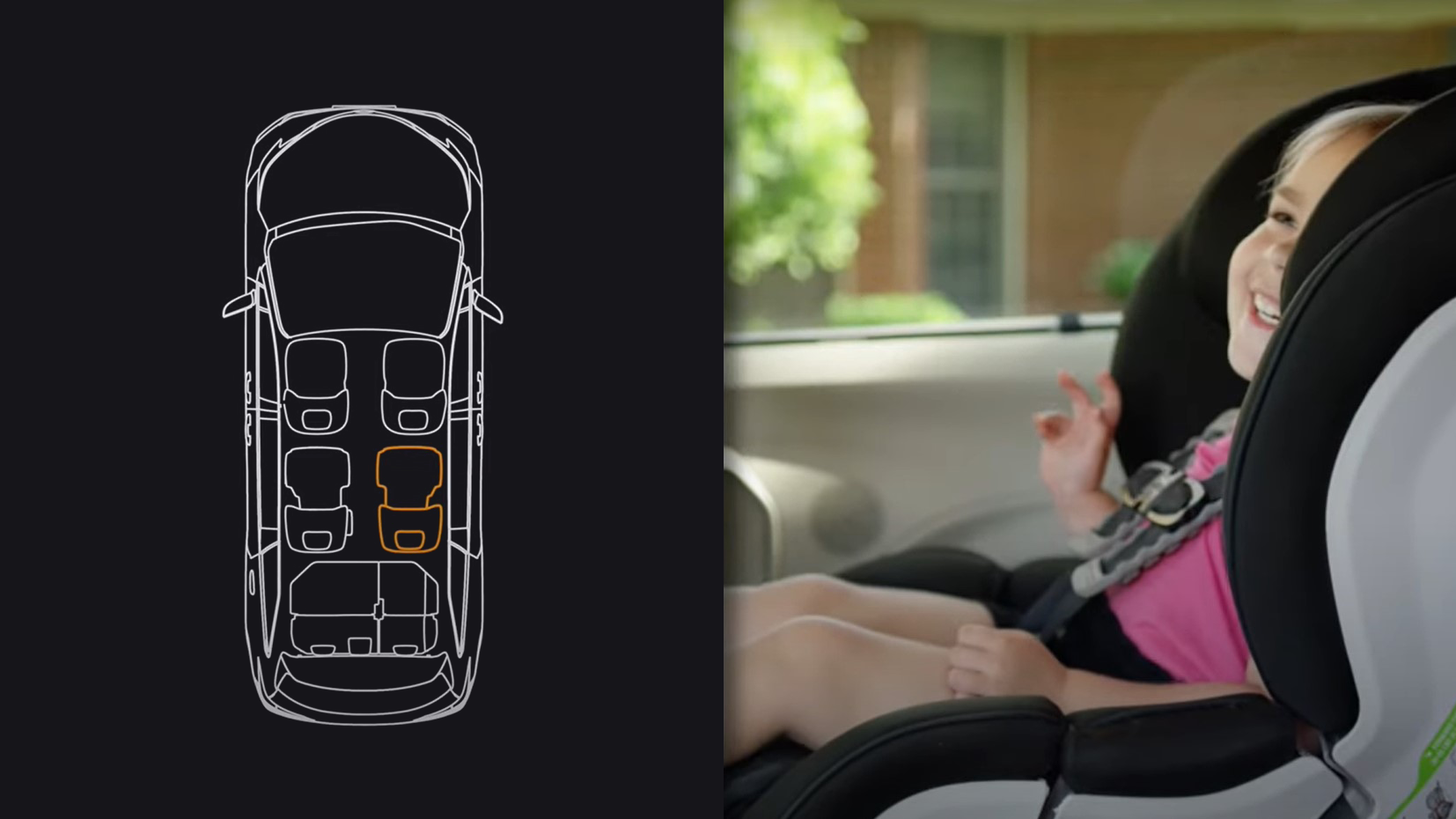Main Menu
Posted by Ian Podkamien
April 2, 2021Multifunctionality in Automotive Safety: the Next Sensor Frontier

Vehicle technology development is fueled by the need for autonomy, connectivity, and — above all — safety. Growing automotive safety regulation demands a wide range of advanced features that enhance road and vehicle safety. This presents significant challenges for OEMs, as traditional sensors are unable to support these stringent standards.
The problem is also a physical one. As more technology is integrated, the modern automobile is becoming overloaded with sensors and ECUs, driving up the complexity of vehicle programs and deployment, in addition to direct and indirect costs. With up to 200 sensors per car, electronics make up over 35% of overall vehicle cost, a percentage expected to rise to 50% by 2030.
Fortunately, a new generation of robust automotive safety technology is enabling automakers to reduce complexity and costs, by reassessing the traditional paradigm of one sensor per application. Multifunctionality, a new approach, is based on a scalable platform, powered by a single sensor.
Multifunctionality – a multilayered approach
There are several distinct aspects of multifunctionality for automotive safety. Firstly, OEMs benefit from reducing the number of sensors required for each safety application, such as Seat Belt Reminders (SBR), which usually require five weight-based sensors.
Secondly, automakers benefit from a solution that simultaneously supports different feature “combos” such as Autonomous Emergency Braking (AEB) + Blind Spot Detection (BSD) + advanced parking assistance. Consolidating multiple features into one platform substantially reduces the effort, risk and costs associated with initiating numerous individual SOP programs.
Thirdly, a core objective of multifunctionality is to deploy a versatile sensing platform — instead of a single-function sensor — as a foundation on which to build additional applications that support autonomous vehicles and emerging safety requirements. This enables automakers to factor scalability into their long-term strategies, by facilitating the seamless deployment of future features.
Under the hood
A multifunctional sensor incorporates a holistic technical methodology as well:
- Coverage of a large arena
- Robust and accurate sensing
- Full computing capability, with built-in processing and memory
- Ability to collect and process large volumes of rich, raw data in various outputs across multiple functions
Vayyar’s multifunctional solution comes in the form of a high-performance 4D imaging radar-on-chip (RoC) with exceptionally large area coverage and an ultra-wide azimuth-elevation field of view. The chip supports an advanced Multiple Input Multiple Output (MIMO) antenna array design with up to 48 transceivers. This generates a uniquely rich and accurate data output in the form of high-granularity 4D point cloud images. All post-processing imaging and/or machine learning is executed on-chip, eliminating external computing needs. The sensor’s data meets challenging current and emerging requirements that demands as tracking and classifying of multiple targets both inside and outside the car, from as close as 20cm to as far as 100m.
This uniquely versatile platform dramatically reduces the overall number of sensors and associated SOP programs, cutting direct and indirect costs while providing unparalleled safety functionality across numerous applications.
Greater in-cabin confidence
Inside the vehicle, just one sensor replaces multiple sensors, offering full coverage of two seating rows and footwells for Child Presence Detection (CPD), enhanced Seat Belt Reminders (SBR) and other lifesaving in-car applications.
Today’s CPD is mostly confined to a rear-seat reminder system. Vayyar’s sensor, by contrast, monitors the whole cabin, classifying adults and children based on their dimensions to avoid hot car incidents and prevent false positives.
In addition to supporting multiple applications simultaneously, the platform reduces the number of sensors per function. For example, SBR traditionally requires five sensors, but Vayyar’s solution relies on just one, covering all five seats and eliminating false alarms, such as those caused by heavy bags.
The sensor’s rich data output provides various in-car solutions, from Vayyar’s flagship CPD + SBR combo to flexible scaling to support other advanced safety applications such as:
- Seat Belt Reminders plus Intruder Alerts plus Occupant Status
- Optimized Airbag Deployment plus Seat Belt Reminders
- Pre-tensioner replacement plus dynamic airbag disabling
- The above features plus future features
For the road ahead – and behind
Outside the cabin, sensor real estate is even more of an issue because ADAS and AV systems take up a huge amount of space, not to mention the wiring, ECUs, and power consumption required. For ADAS applications, two to four Vayyar sensors can replace up to 20 other sensors, providing unwavering robustness and resolution for a range of SRR, MRR and LRR applications.
The solution’s high resolution is also ideally suited to more complex emerging ADAS features, from automatic parking assistance to Autonomous Emergency Steering (AES), an upcoming Euro NCAP assessment area.
Affording a range of 0-300m, the multi-range ADAS sensor differentiates between static obstacles such as dividers, curbs and parked vehicles, and between different types of VRUs, moving vehicles and other hazards. In low-speed environments such as parking lots, the XRR chip’s uSRR and SRR sensing supports advanced parking assistance, scanning the vehicle’s surroundings for pedestrians and obstacles. On the open road, MRR and LRR capabilities facilitate a variety of ADAS and autonomy applications such as Lane Change Assist (LCA), Adaptive Cruise Control (ACC), Blind Spot Detection (BSD), Collision Warnings (fCW/rCW), Cross Traffic Alerting (CTA) and Autonomous Emergency Braking (AEB).
This transformative ADAS solution addresses the requirements of multiple protocols on the 2020-2025 roadmap and beyond.
Multiple reasons to select Vayyar
As the global leader in 4D radar imaging technology, Vayyar delivers high-performance sensors that are affordable, multifunctional, and available now. The solution can provide up to 35% of EU NCAP points for a 5-star safety rating, while cutting costs by hundreds of dollars per vehicle, translating to over $1 billion in savings over the lifecycle of a high-volume model.
In an ultra-competitive environment defined by ever-growing costs and complexity, Vayyar’s fully tested and validated, multifunctional automotive safety sensors are a true game-changer, offering industry-leading safety, exceptional ratings, complete regulatory compliance, and substantial economies of scale with minimal effort. To find out more, click here.
The Post URL was successfully copied to your clipboard
Read more on #automotive

Putting a Stop to Frontover Deaths
Read more
Aisin and Vayyar Join Forces to Prevent Vehicular Heatstroke Tragedies in Japanese Kindergarten Buses
Read more
The New Occupant Protection Technology Making Vehicle Cabins Safer
Read more


